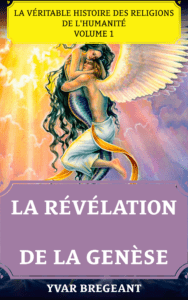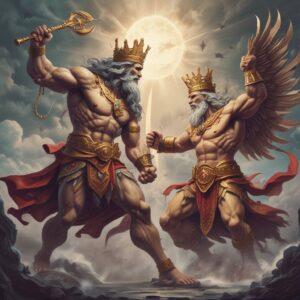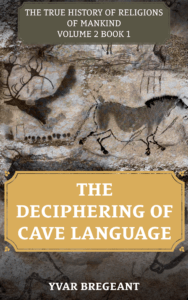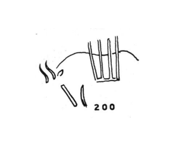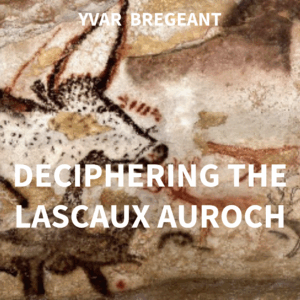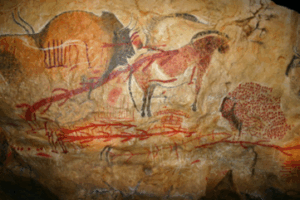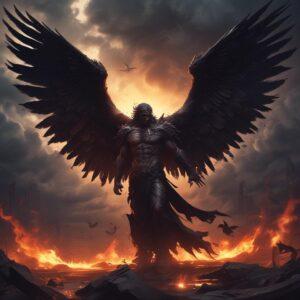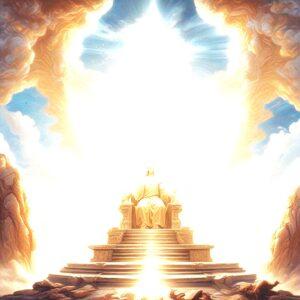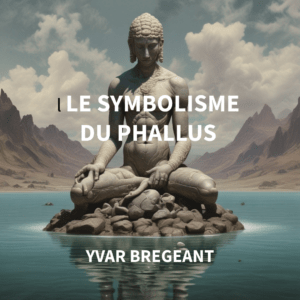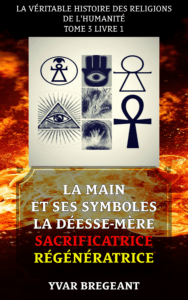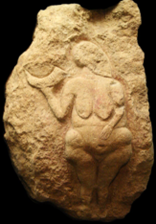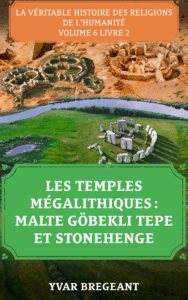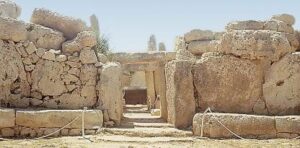Go to the Heart of My Research:
my Available Extracts
Read extracts from my books
To find out more, click here:
➡️ This volume is a simple, clear and entertaining way of introducing you to the original conflict between the two primitive religions of mankind, and of presenting you with all the symbols of mythological religion, which will then be analysed in greater depth in subsequent books.
➡️ Summary of its extracts available in my newsletter (only in french so far)
Public extract : Introduction :
Summary of the two antagonistic primordial religions
Volume 2: “Homo-Sapiens? His recovered memory…”
Read this extract:
➡️ in my news letter (only in french so far)
➡️ on my website (english version)
➡️ This book demonstrates that the animal representations and associated signs in the cave frescoes of prehistoric caves known as Upper Palaeolithic correspond to the proto-Sumerian period. It shows that Proto-Sumerian and, complementarily, hieroglyphic Egyptian constitute the linguistic foundation on which the original mythological religion based its doctrine from the outset, using its symbolic language to encode and convey it.
➡️ Summary of its extracts available in my newsletter (NW only in french so far)
Public extract : Deciphering the second pettiform sign from the Marsoulas cave (p.434-441)
Volume 2 Book 1: Deciphering the language of the caves
Read this extract:
➡️ in my news letter (NW only in french so far)
➡️ on my website (english version)
Public extract: The significance of the auroch in the first panel of the Lascaux unicorn (p.307-341)
Volume 2 Book 1: Deciphering the language of the caves
Read this extract:
➡️ in my news letter (NW only in french so far)
➡️ on my website (english version)
Exclusive subscribers’ extract : Previous scientific research on this issue and its conclusions (p.109-140)
Volume 2 Book 1: Deciphering the language of the caves
Read this extract:
➡️ in my news letter (NW only in french so far)
Exclusive subscribers’ extract : The symbolism of the auroch and the bison (p.344-349)
Volume 2 Book 1: Deciphering the language of the caves
Read this extract:
➡️ in my news letter (NW only in french so far)
Exclusive subscribers’ extract : Deciphering the fresco on the large panel in the Marsoulas cave (p.373- 433)
Volume 2 Book 1: Deciphering the language of the caves
Read this extract:
➡️ in my news letter (NW only in french so far)
Exclusive subscribers’ extract : The symbolism of the stag (p.460-463)
Volume 2 Book 1: Deciphering the language of the caves
Read this extract:
➡️ in my news letter (NW only in french so far)
Exclusive subscribers’ extract : The direct spiritual and nominative relationship between the father of the prehistoric gods and Kish in Sumer, Gizeh in Egypt and Hatti in Hittite country (p.526-547)
Volume 2 Book 1: Deciphering the language of the caves
Read this extract:
➡️ in my news letter (NW only in french so far)
VOLUME 2 BOOK 2: FROM GOD TO ADAM
NEW! SOON AVAILABLE IN FRENCH DIGITAL FORMAT
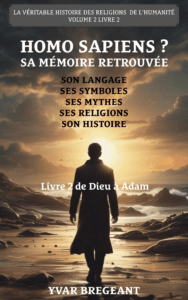
➡️ This second book, entitled “From God to Adam” in volume 2, begins the comparative analysis of mythological religion versus biblical religion by dealing in chronological order with the events “from the existence of God to the creation of Adam”.
➡️ Summary of its extracts available in my newsletter (NW only in french so far)
Public extract : The great hidden god of the Sumerians and Egyptians or the true etymology of Satan (p.40-59)
Volume 2 Book 1: From God to Adam
Read this extract:
➡️ in my news letter (NW only in french so far)
➡️ on my website (only in french version so far)
Exclusive subscribers’ extract : The nature of God (extract from the chapter) (p75-141)
Volume 2 Book 1: From God to Adam
Read this extract:
➡️ in my news letter (NW only in french so far)
Exclusive subscribers’ extract : The symbolism of the phallus in mythological religion (p.460-467)
Volume 2 Book 1: From God to Adam
Read this extract:
➡️ in my news letter (NW only in french so far)
VOLUME 3: THE SYMBOL BIBLE OF PREHISTORIC AND ANCIENT MYTHOLOGICAL RELIGION
Public extract : The cult of the mother goddess and the reason for her representation in the crouching position (p.18-116)
Volume 3 Book 1: The hand and its symbols: the mother goddess sacrificer and regenerator
Read this extract:
➡️ in my news letter (NW only in french so far)
➡️ on my website (english version)
VOLUME 6: MEGALITHIC TEMPLES
Public extract : The temples of Malta / Summary of archaeological discoveries (p.116-140)
Volume 6 Book 2: The megalithic temples of Malta, Göbekli Tepe and Stonehenge
Read this extract:
➡️ in my news letter (NW only in french so far)
➡️ on my website (english version)
Exclusive subscribers’ extract : The temples of Malta / Solving the mystery (p.141 to 221)
Volume 6 Book 2: The megalithic temples of Malta, Göbekli Tepe and Stonehenge
